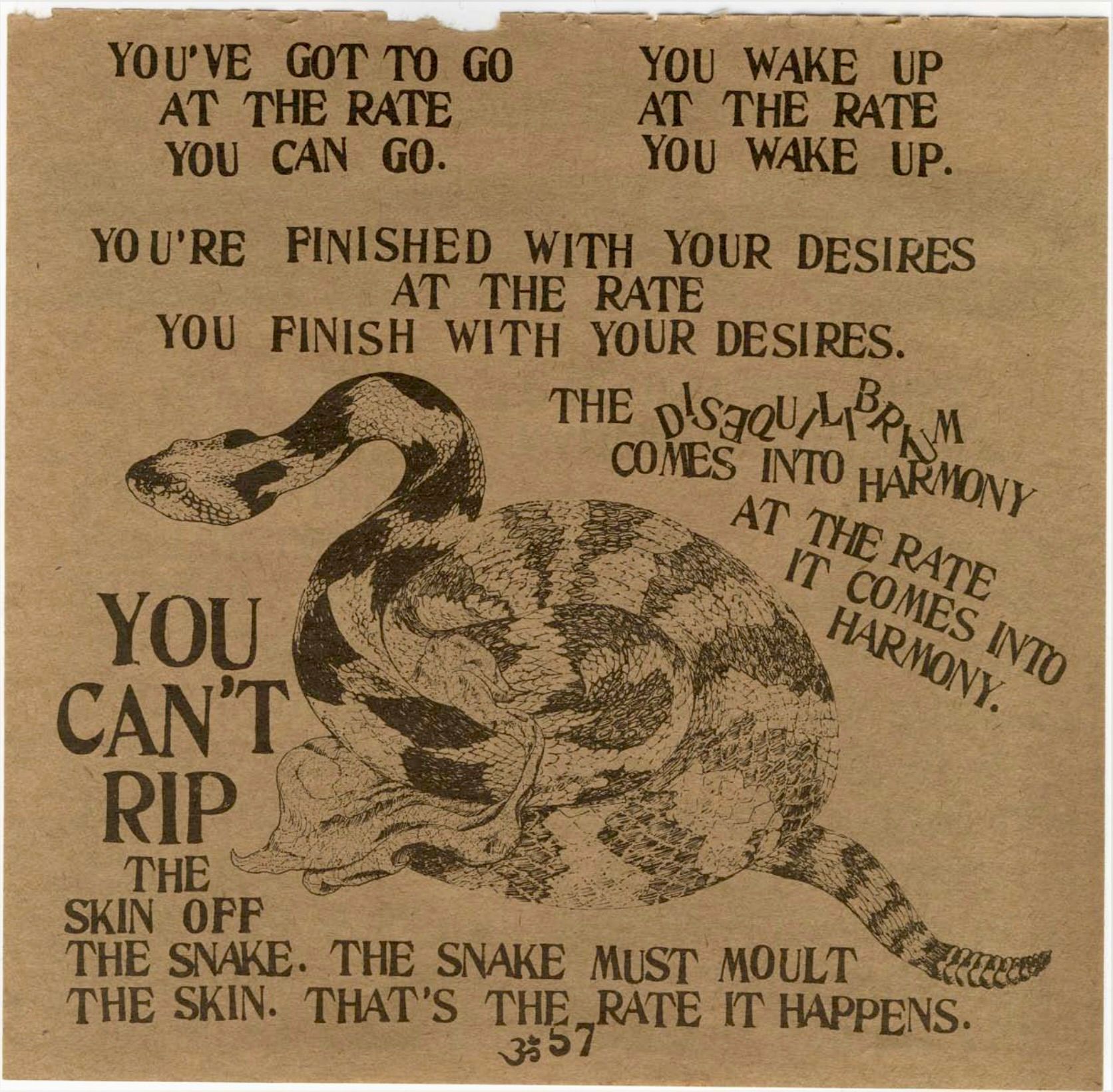People want to go faster. I’ve made my career helping people speed up things they care about: foster care placement, order-to-cash cycles, school transportation, weather radar rendering, customer support escalations, replacement part ordering, academic award selection, environmental site reviews, and on and on.
During these adventures, I’ve learned two points about speed—one from the hourglass, and one from the snake.
1. The hourglass: how to speed things up
Imagine an hourglass. Two glass bulbs, a skinny bottleneck connecting the two, an enclosed volume filled with sand.
- The rate at which sand falls is controlled by the width of the bottleneck. The bottleneck is what makes it an hourglass, not a jar.
- The hourglass is filled with an amount of sand. The rest is filled with air.
- The duration it takes for the sand to fall from one side to the other is a function of these two:
- the rate at which sand passes through the bottleneck, and
- the amount of sand.
Hourglasses are compelling because all parts of the system are in clear view. To see an hourglass is to use it.
Complicated systems—the ones that matter—are not self-explanatory. It takes effort to make a system visible enough that the rates, amounts, and durations it produces might be adjusted with skill and care.
Bottlenecks & key constraints
The simplest way to adjust an hourglass is to add or remove sand. Sand is easier to change than glass.
You don’t make an hourglass run at a faster rate by yelling at the bottleneck, or putting it onto a performance improvement plan, or planning an outing to a baseball game. Encourage the sand to do more with less and see where that gets you.
To adjust a complex system, first, figure out what the bottlenecks are. In this line of work, call them constraints. Go look, measure, count. Once you’ve found those constraints, get comfortable with them. There’s always a key constraint. Remove the key constraint and the second-worst constraint rises, smiling, to take its place. Continuous improvement is the practice of removing constraints, one at a time, without hurting anybody. Contrast this with typical improvement projects that merely push problems around until they are held by the unluckiest manager.
To adjust the system, you must discover the system under adjustment. We learn from the hourglass that it’s possible: rate, amount, duration.
2. You can’t rip the skin off the snake

This page from Ram Dass’ “Be Here Now” helps me find patience. And patience is what makes me effective.
For example, on the meditation cushion, I appreciate—laugh off—moments where I notice a desire to produce more stillness, but faster.
For example, when changing systems for my clients, I remember that things only happen so fast, especially inside large, disorganized organizations, where people suffer under autocratic leadership, and where safety is not established and maintained.
You can’t rip the skin off the snake.
The snake must moult the skin.
That’s the rate it happens.
This is not a discouragement against change. It is a reminder that each moment prefigures the next. It is an encouragement to allow change to happen, to keep certain that it will, to create the conditions for it, to not rip the skin off the snake.
